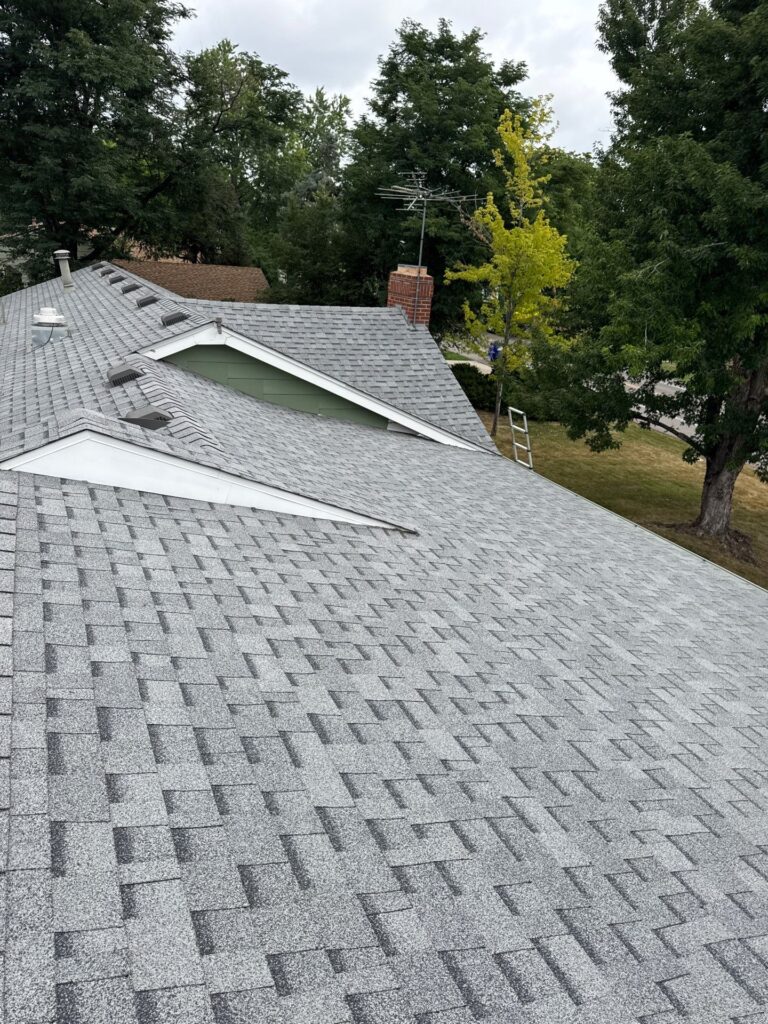
Understanding the Importance of Timely Roof Repairs
A solid and well-maintained roof is the cornerstone of a safe and efficient home. Small leaks and cracks can evolve into costly structural damage if ignored. Roof repair is not just a reactive task—it’s a proactive measure that preserves your investment, prevents water infiltration, and ensures long-term energy efficiency. Whether you’re dealing with asphalt shingles, tile, or metal, addressing minor issues promptly is the key to avoiding full roof replacements.
Key Signs That Indicate Immediate Roof Repair Is Necessary
Detecting roof damage early minimizes repair costs and prevents internal home deterioration. Homeowners should routinely inspect their roofs and look for the following warning signs:
- Curled, missing, or cracked shingles: These are the earliest indications of wear and tear.
- Water stains or mold on ceilings and walls: These suggest internal moisture intrusion.
- Granules collecting in gutters: Asphalt shingles losing granules are nearing the end of their service life.
- Sagging roofline: Often a symptom of trapped moisture or compromised structural integrity.
Unattended damage leads to rot, mold, and weakened decking. Prompt professional assessments are advised when any of these indicators appear.
Step-by-Step Guide to Roof Inspections Before Repairs
Effective roof repair starts with a detailed inspection. Seasonal changes in Denver, Colorado—from heavy snowfall to intense sun exposure—necessitate a biannual checkup. A thorough inspection includes:
- Shingle Condition: Examine for bald spots, cracks, or lifting edges.
- Flashing and Sealant Check: Focus on chimneys, vents, and skylights for degraded seals or rust.
- Gutter Functionality: Ensure drainage systems are clear of debris and firmly attached.
- Attic Evaluation: Look for daylight penetration, moisture, or signs of mold growth.
- Roof Ventilation: Confirm airflow is adequate to prevent heat buildup and condensation.
For best results, these inspections should be conducted by experienced Denver roofing contractors who understand regional weather effects.
Common Types of Roof Damage and Practical Solutions
Roofs in Denver face diverse challenges, from high-altitude UV damage to heavy snow loads. Understanding damage types enables faster solutions:
- Shingle Loss: Typically caused by high winds—replace promptly using matching materials to avoid patchwork degradation.
- Flashing Failures: Replace corroded or lifted flashing to seal vulnerable junctions around roof openings.
- Ice Dams: Caused by inadequate insulation—resolve with better ventilation and roof edge heating cables.
- Ponding Water: Especially on flat sections—improve slope or install drainage systems.
Addressing these issues early ensures the durability of your roofing system and keeps structural damage at bay.
Choosing Between DIY Repairs and Professional Roofing Services
DIY roof repair may seem cost-effective, but the risks often outweigh the benefits. Denver homeowners must weigh the following considerations:
- Safety Hazards: Roof work involves heights, sharp tools, and steep surfaces.
- Code Compliance: Professionals are familiar with Denver building regulations and permitting.
- Material Matching: Ensuring seamless shingle blending requires access to manufacturer inventory.
- Warranty Protection: Licensed contractors provide labor warranties; DIY repairs void manufacturer guarantees.
For reliable and lasting results, hiring certified roofers in Denver ensures both quality and safety. Tried and True Roofing, a trusted roofing company in Denver, Colorado, offers expert services backed by years of regional experience and local climate knowledge.
How to Choose Durable Roofing Materials for Repair
Material selection directly impacts the performance and longevity of repairs. Top material choices for Denver roofing include:
- Architectural Asphalt Shingles: Highly durable and affordable; resistant to wind and hail.
- Metal Roofing Panels: Ideal for snow-heavy regions; long-lasting and energy-efficient.
- Modified Bitumen (for flat roofs): Heat-welded seams resist leaks and provide excellent waterproofing.
Consider factors such as weather resistance, installation costs, and compatibility with existing roofing when choosing materials. Discuss options with a knowledgeable Denver roofer for tailored recommendations.
Roof Maintenance Tips to Prevent Future Repairs
Routine maintenance is the most cost-effective strategy for preserving your roof’s condition. Implement the following habits:
- Clean Gutters Regularly: Prevent overflow and ice dam formation.
- Trim Overhanging Branches: Avoid impact damage and debris accumulation.
- Inspect After Major Storms: Look for shifted tiles, hail marks, or torn flashing.
- Maintain Attic Ventilation: Reduces moisture buildup and extends roof lifespan.
- Schedule Annual Professional Checkups: Early detection always saves money.
Preventive measures can extend your roof’s service life by over a decade, offering lasting protection for your home.
When to Consider Full Roof Replacement Over Repairs
In certain scenarios, roof replacement becomes more economical than repeated repairs. Homeowners should explore replacement if:
- The roof is over 25 years old.
- Repairs have become frequent and extensive.
- There’s structural sagging or severe underlayment rot.
- Utility costs are increasing as a result of inadequate insulation.
While upfront costs are higher, full replacement offers peace of mind, increased home value, and better long-term energy efficiency.
CONCLUSION
Effective roof repair demands a proactive approach, expert inspection, quality materials, and consistent maintenance. Recognizing the signs of damage and working with skilled roofing professionals ensures your home remains protected and valuable. Whether you’re addressing minor leaks or preparing for seasonal threats, a reliable strategy rooted in proven methods secures the longevity of your roofing system.